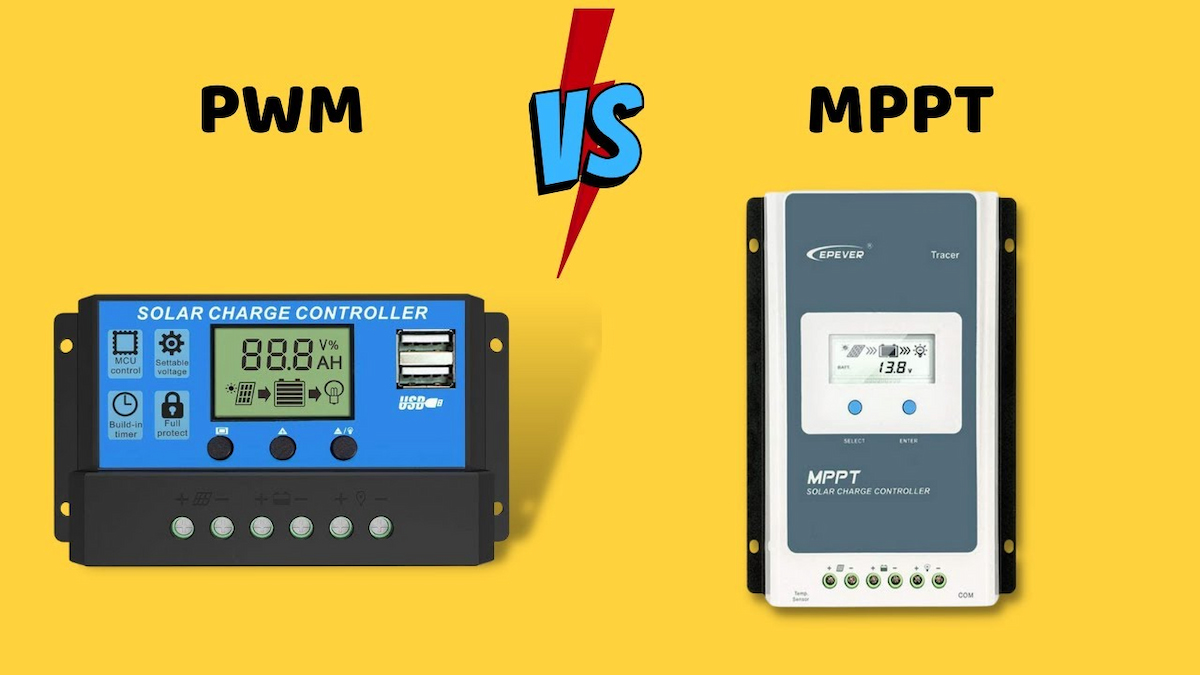With a rising carbon footprint come rising temperatures and rising temperatures cause fires that disturb our natural habitat. As the planet heats more and more, the need for alternative and eco-friendly power sources rises too. The one solution that many households go for is solar systems. When talking about solar systems, most people immediately picture solar panels. However, there’s much more to solar systems than solar panels. Solar systems can help reduce CO2 emissions, rising energy rates and even bring you some financial incentives.
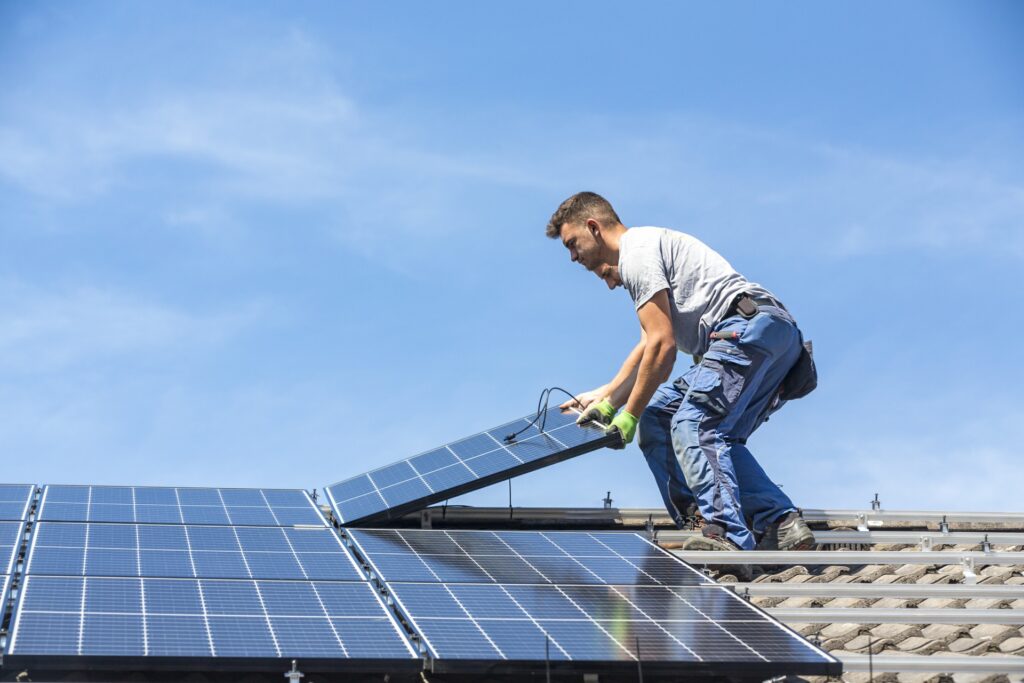
Installing this kind of system requires research, especially when it comes to its more intricate components such as the charge controller. This device is needed to manage the power that goes into the battery from the solar panels which then gets used by the appliance and devices in your household. There are two basic types of solar controllers – PWM and MPPT, both of which have their own distinct advantages and disadvantages.
PWM vs MPPT
The more powerful solar regulator MPPT is used with large PV systems that require more than 2kW. They have a conversion rate of 99% and the size of a typical MPPT charge controller is between 30A and 100A. A PWM controller may be more affordable than an MPPT charge controller, but it is also less capable. Their conversion rate is anywhere between 75% and 80% and the size ranges from 20A to 60A. This means you can use PWM controllers only for PV systems that require less than 2kW. Since an MPPT is the more fitting option for most households, you need to consider its most important properties before you get one.
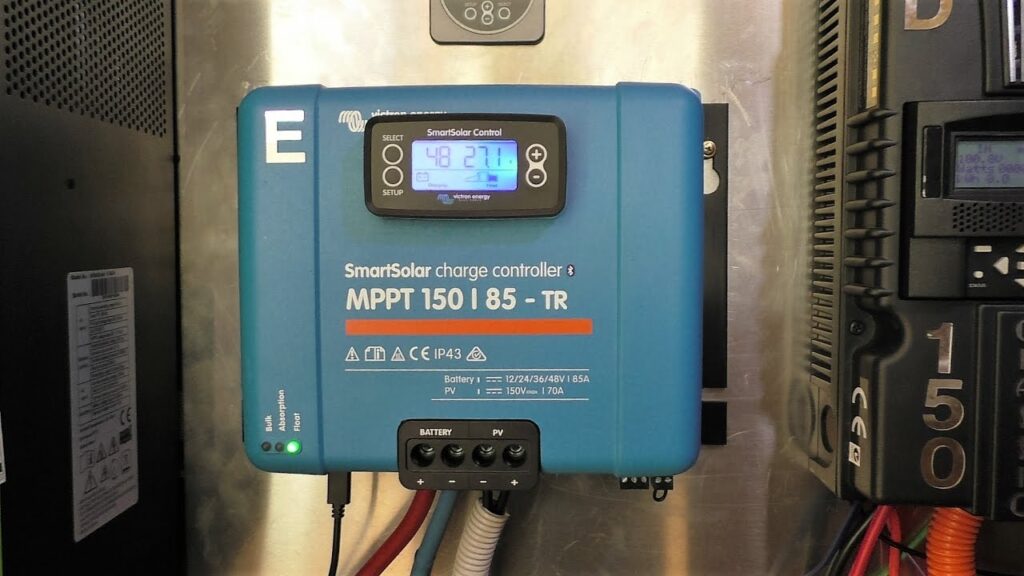
What Is the Best MPPT Solar Charge Controller?
Voltage
The voltage rating of an MPPT regulator may not affect its performance, but it is still important. The voltage rating of the regulator will determine how versatile and compatible it will be, so make sure to get one that works with both 24 and 12-volt panels.
Current
When it comes to the performance of the device, you need to pay attention to its maximum current, which is measured in amps. This tells you the maximum number of amps the regulator can handle, and the more it can handle the more electricity can be supplied to the battery.
Load Control
Not as essential as the current, the load control allows the MPPT regulator to turn off or stop the batteries from being run down to too low of an output. This is a great feature to have when the panels are not receiving as much sunlight.
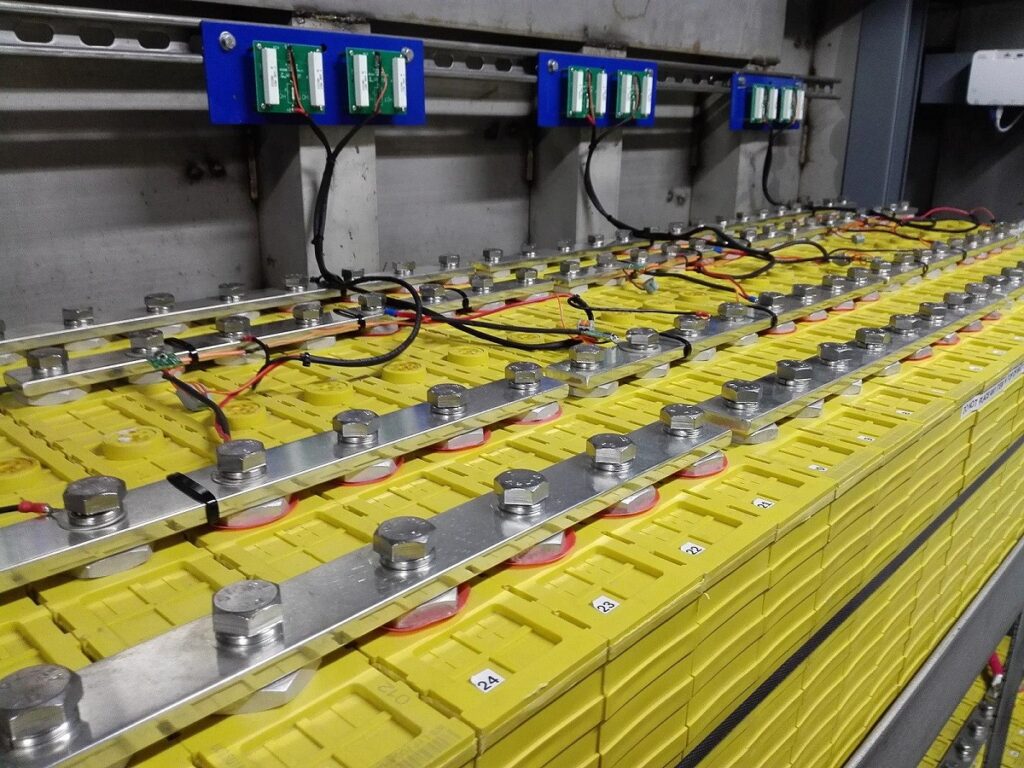
Data Logging
Fancier MPPT charge controllers have data logging which allows you to record and access information on the health of your PV solar system.
Display
Your solar regulator MPPT can come with either one of two types of displays, LCD or LED. LCD displays can display more information, as well as icons, and make for more readable displays. Regulators with LED displays are more affordable and can’t display nearly as much information.
Access
While not essential, remote access is one feature that you might want to have when you have a big property and want to see information straight on your phone.
How to Set MPPT Solar Charge Controller
Before the Setup
To set up an MPPT controller you need to remove the cover and loosen the connection lock on the device. When you open it up you’ll see the wiring terminals of the solar panel, battery, load temperature sensors and the RS485 port. Start by connecting the battery to the appropriate terminals.
DC Load
Once you’re done connecting the battery terminals, proceed by connecting the DC load terminal which is what gives the power based on the battery voltage. Once done, move on to the panel module.
PV Panel Module
The PV panel module, just like the MPPT regulator, works with 12, 24, or 48V. When you connect the PV module make sure to disconnect the circuit breaker as the module is meant to provide a voltage that isn’t higher than the one of the PV system.
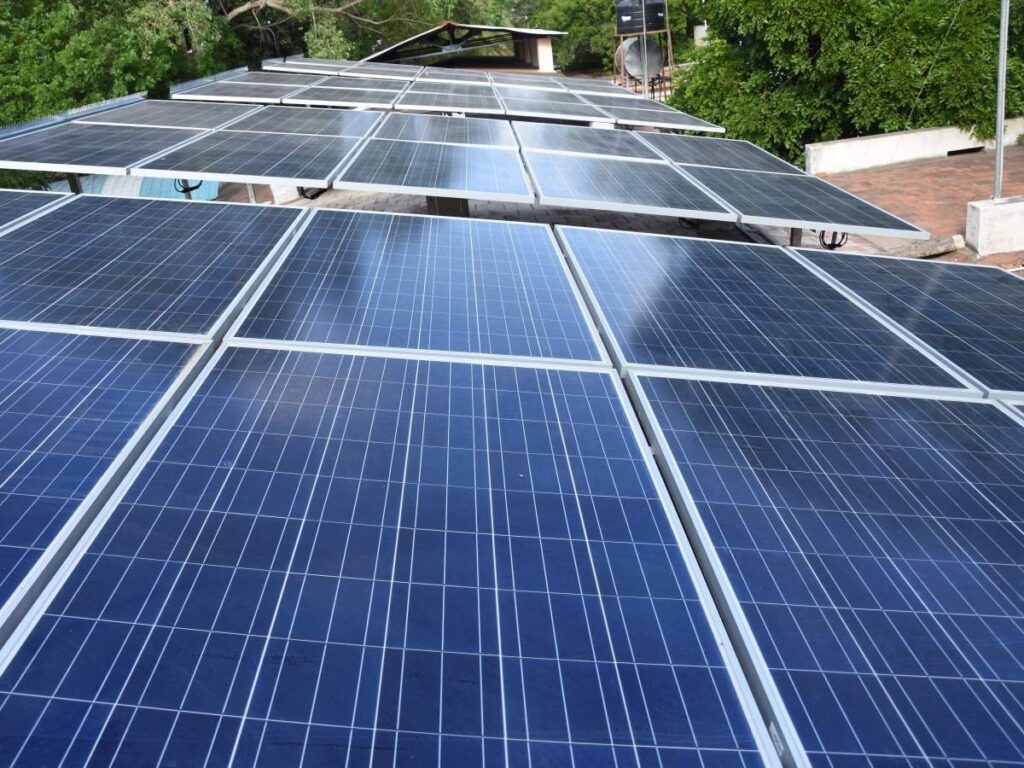
Conclusion
Whether it is the whole household or just a part of it, powering it using solar energy is one of the best ways to keep the environment safe and have all the conveniences of a modern-day home. Yes, having a PV system run smoothly requires some time and research, but it is a long-term investment unlike any other. A charge controller is there to ensure the entire system runs smoothly. So make sure to monitor it from time to time and your PV system will run effortlessly with little to no maintenance for many years to come. The initial investment of a solar system might seem high, but it will pay itself out in no time by reducing your monthly bills. Plus, you reduce your carbon footprint, which is something we should all strive toward!
